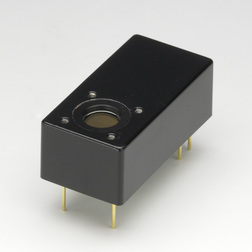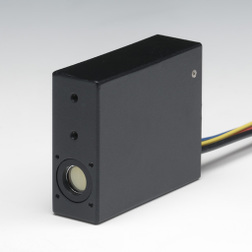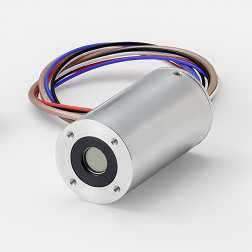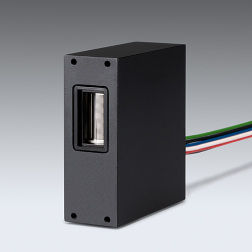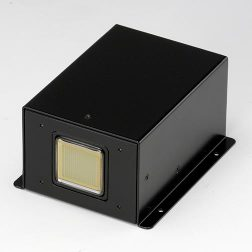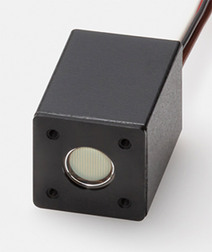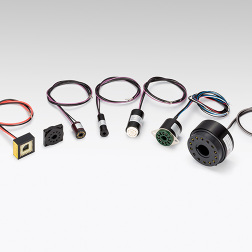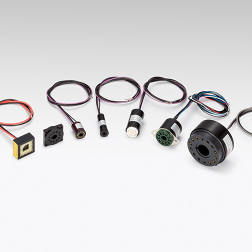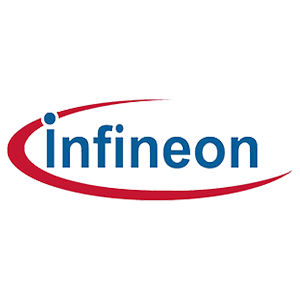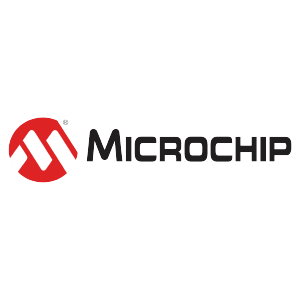In high-end electronic packaging, new energy devices, and precision manufacturing, epoxy encapsulation materials, silicone-free mold release agents, and thermally conductive epoxy adhesives have become essential for enhancing product performance. Their combined application not only improves production efficiency but also significantly enhances device reliability, thermal management, and environmental adaptability.
1. Epoxy Encapsulation: A Protective Barrier for Precision Devices
Epoxy resins, known for their mechanical strength, chemical resistance, and electrical insulation, are the preferred materials for electronic component packaging. Key advantages include:
High-precision molding: Modified epoxies (e.g., bisphenol A or cycloaliphatic epoxies) offer low shrinkage, ensuring precise replication of mold structures.
High-temperature resistance: Special epoxies with heat-resistant fillers (e.g., silica) operate stably from -50°C to 200°C, meeting the demands of automotive and aerospace electronics.
Environmental compliance: Halogen-free flame-retardant epoxies conform to RoHS standards, making them suitable for consumer electronics.
Typical Applications:
IC chip packaging
Waterproof sealing for LED optoelectronic modules
Insulation potting for high-voltage transformers

2. Silicone-Free Mold Release Agents: Ensuring Clean Precision Manufacturing
Traditional silicone-based mold release agents leave residual siloxane, causing adhesion failures in coatings and bonding. Silicone-free mold release agents address this issue through innovative formulations:
Composition innovation: Using fatty acid salts, polyether-modified polyols, or fluorocarbon polymers to ensure zero silicone residue.
Performance advantages:
Reduces release force by 40%-60%, minimizing damage to precision components
Compatible with epoxy, polyurethane, and other material systems
Certified for VOC emissions, supporting green manufacturing
Application Scenarios:
Epoxy encapsulation demolding for micro-sensors
High-frequency PCB lamination
Optical lens mold forming
3. Thermally Conductive Epoxy Adhesives: A Breakthrough in Heat Dissipation and Bonding
Conventional adhesives have thermal conductivity below 1 W/(m·K). Advanced thermally conductive epoxy adhesives overcome this limitation using filler blending technology:
Filler Technology:
Basic type: Aluminum oxide (5-10 W/(m·K))
High-performance type: Aluminum nitride (150-180 W/(m·K)), graphene (2000-5000 W/(m·K))
Structural Design:
3D network filler alignment technology
Silane coupling agents enhance filler-resin bonding
Typical Parameters:
| Type | Thermal Conductivity (W/m·K) | Bond Strength (MPa) | Operating Temperature (°C) |
|---|---|---|---|
| Standard | 1.5-2.5 | ≥15 | -40~150 |
| High Conductivity | 5.0-8.0 | ≥20 | -60~200 |
Application Examples:
Heat sink bonding for EV motor controllers
Gap filling between 5G base station power amplifiers and heat dissipation housings
IGBT module chip-to-ceramic substrate connection
4. Synergistic Application: IGBT Module Packaging Case Study
Demolding Stage
Silicone-free water-based mold release agent is sprayed onto the mold. After preheating at 120°C, modified epoxy resin is injected. No silicone oil residue remains post-demolding, ensuring strong metal plating adhesion.
Encapsulation & Curing
Vacuum potting is used, with epoxy resin cured in a two-step process (80°C/2h + 150°C/4h) to form a dense protective layer.
Thermal Bonding
A boron nitride-filled thermally conductive epoxy (50μm thickness) is applied between the copper baseplate and DBC substrate, reducing thermal resistance to 0.15°C·cm²/W.
Performance Comparison:
| Indicator | Traditional Process | New Solution |
|---|---|---|
| Defect Rate in Demolding | 3.2% | 0.5% |
| Module Thermal Resistance | 0.35°C·cm²/W | 0.18°C·cm²/W |
| Service Life | 5 years / 100,000 cycles | 8 years / 200,000 cycles |
5. Future Trends in Materials and Technology
Material Innovations:
Epoxy resins: Development of dual-cure systems (light + moisture curing) for faster encapsulation
Mold release agents: Nano-cellulose-based fully biodegradable formulations
Thermal adhesives: Anisotropic fillers (vertical thermal conductivity >20 W/(m·K))
Process Upgrades:
AI-driven adhesive dispensing optimization
Real-time dielectric monitoring of epoxy curing
Standardization:
Industry standard for silicone-free mold release agents (residue <10 ppm)
ASTM D5470 test method upgrades for thermal adhesives
The systematic application of epoxy encapsulation, silicone-free mold release agents, and thermally conductive epoxy adhesives is redefining electronic packaging technologies. As materials science advances, their synergy will drive devices toward smaller sizes, higher power densities, and longer lifespans.



